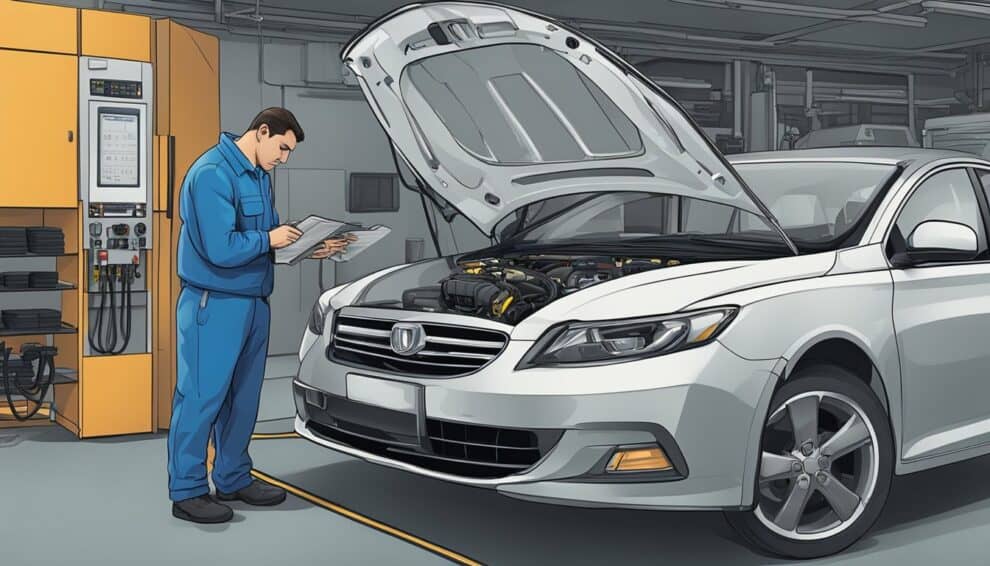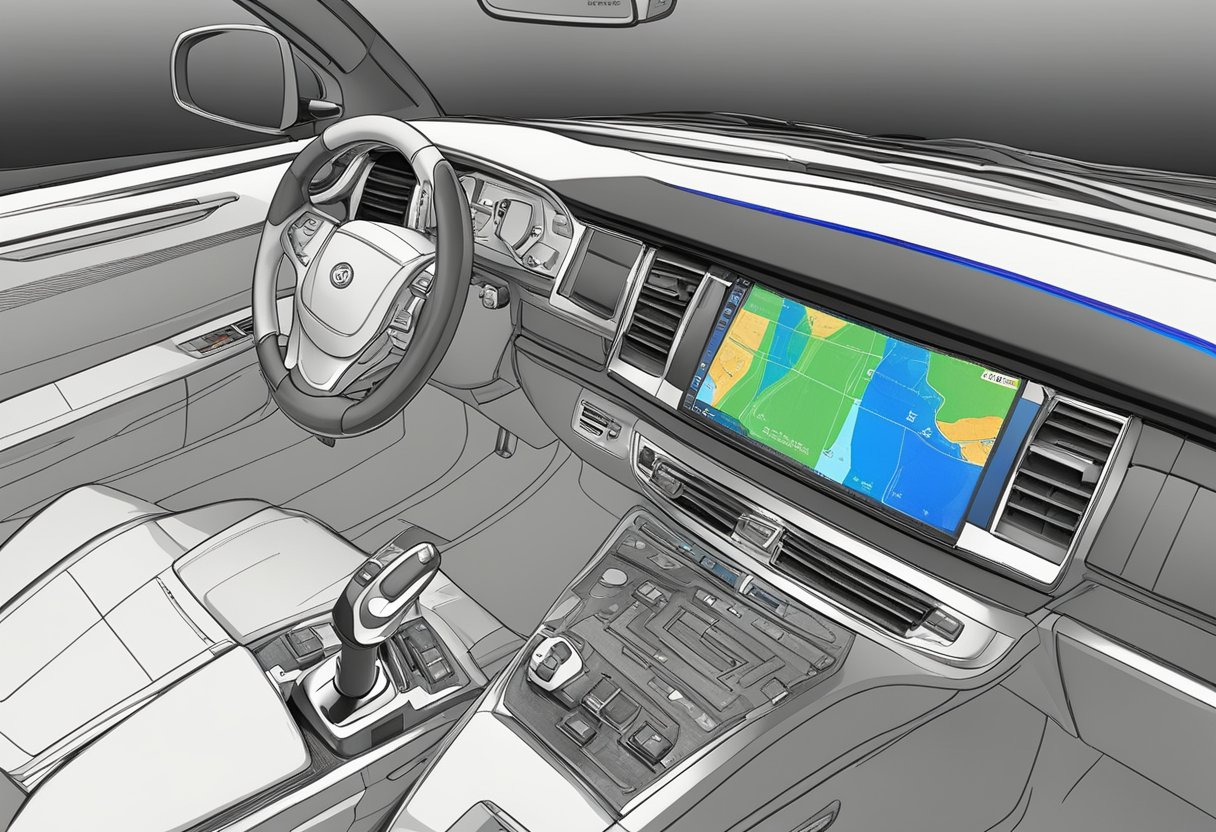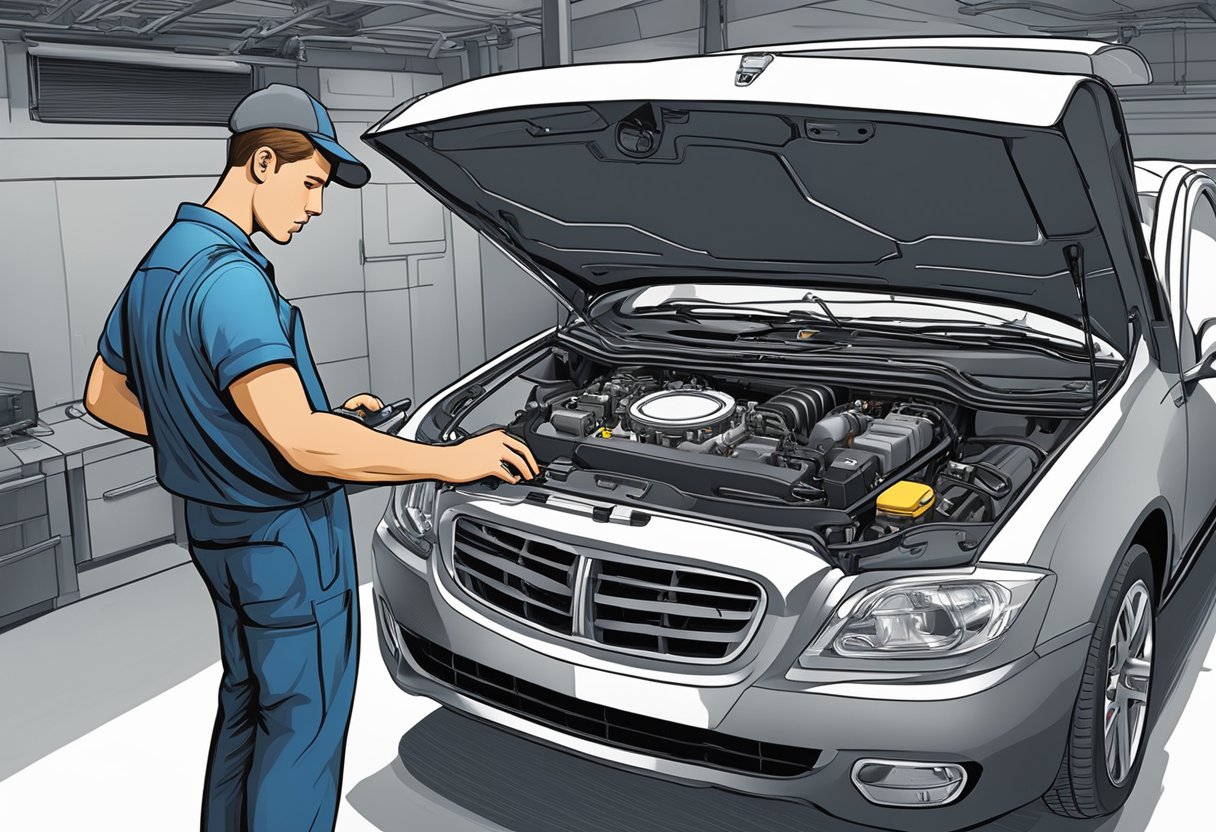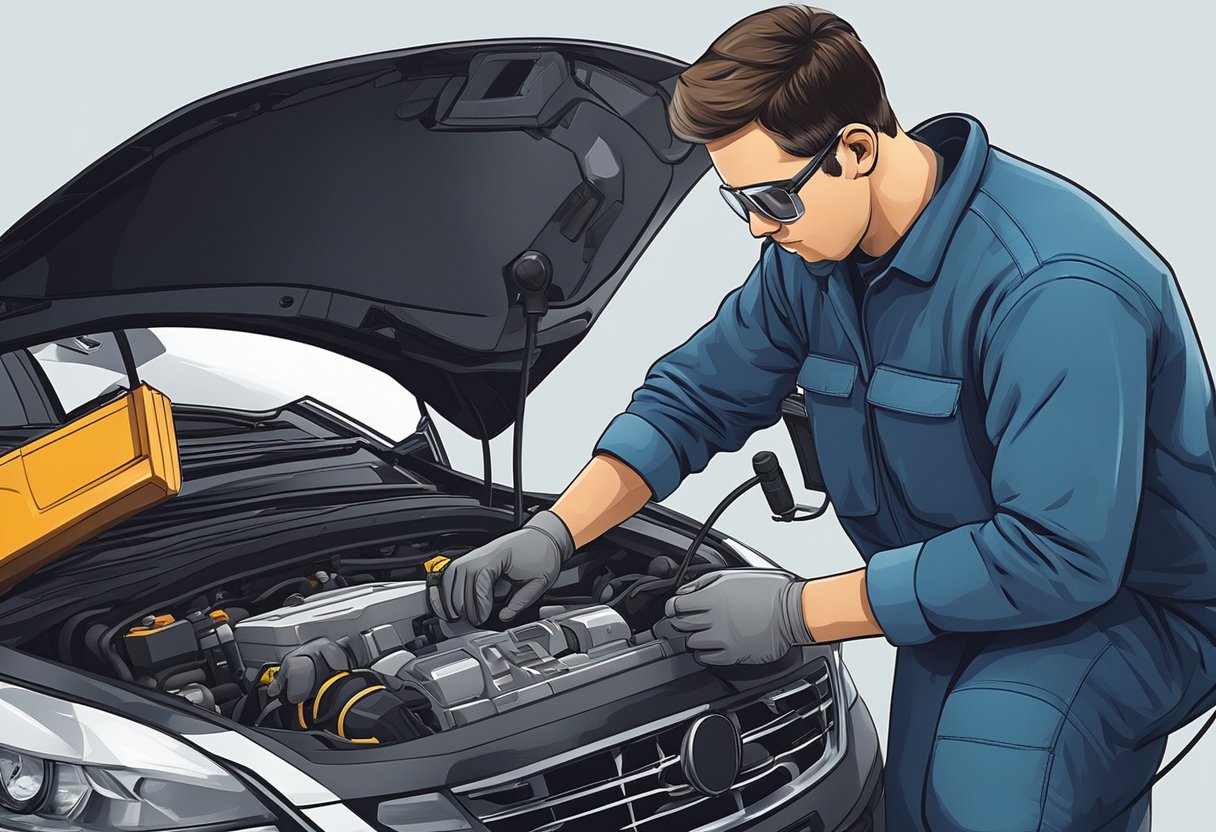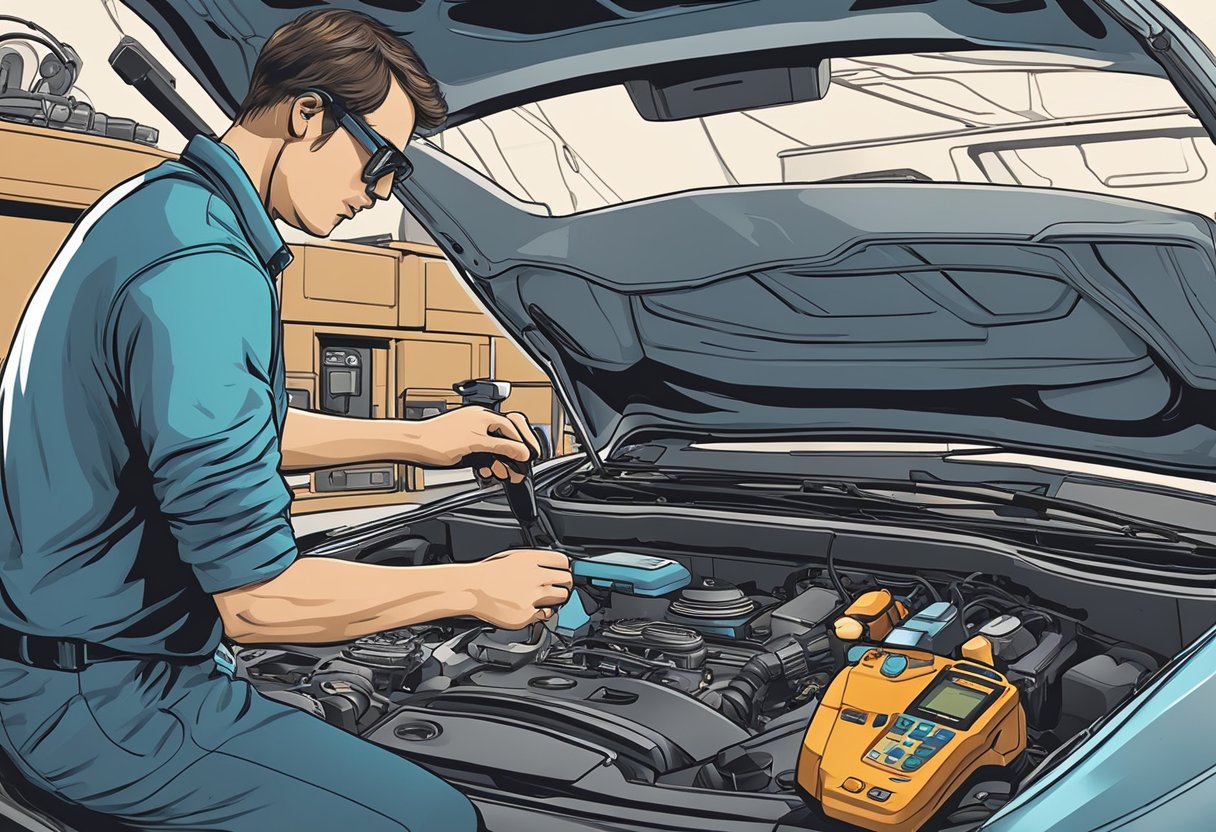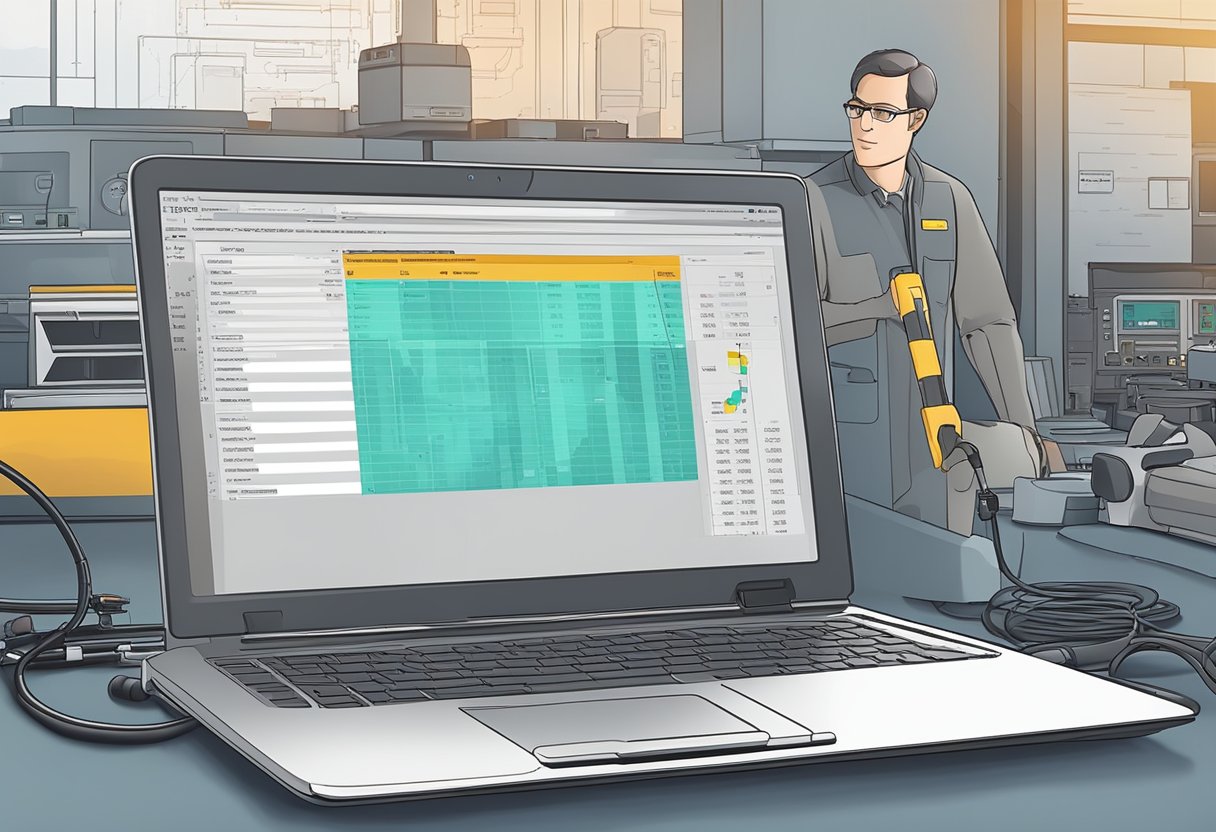High MAP/BARO sensor readings can be a frustrating issue for any vehicle owner. This problem can cause the check engine light to come on and lead to reduced engine performance. If you’re experiencing this issue, it’s likely that you have encountered the P0108 code. This code indicates that there is a problem with the MAP/BARO sensor circuit, which is responsible for measuring the pressure inside the engine intake manifold.
Fortunately, addressing the P0108 code is a relatively straightforward process. The first step is to diagnose the root cause of the issue. This may involve testing the sensor itself, checking the wiring and connections, or inspecting the vacuum lines that connect the sensor to the engine. Once the problem has been identified, it can usually be fixed by replacing the faulty component or making the necessary repairs.
If you’re not familiar with automotive repair, it’s important to seek the assistance of a qualified mechanic. Attempting to fix the problem yourself can lead to further damage to your vehicle and may even be dangerous. With the help of a professional, however, you can quickly and easily address the P0108 code and get your vehicle back to its optimal performance.
Understanding the P0108 Code
Definition and Causes
The P0108 code is a diagnostic trouble code that indicates a problem with the Manifold Absolute Pressure (MAP) sensor circuit. This code is triggered when the Powertrain Control Module (PCM) detects a high voltage signal from the MAP sensor circuit, which is typically caused by a malfunctioning MAP sensor or a problem with the wiring or connector.
The MAP sensor measures the pressure inside the intake manifold and sends this information to the PCM, which uses it to calculate the engine load and adjust the fuel delivery and ignition timing accordingly. A high MAP sensor reading can cause a variety of issues, including reduced engine performance, decreased fuel efficiency, and increased emissions.
There are several possible causes of a high MAP sensor reading, including a faulty MAP sensor, a vacuum leak in the intake manifold or vacuum lines, a clogged or dirty air filter, or a problem with the wiring or connector.
Symptoms of a High MAP/BARO Sensor Reading
If your vehicle is experiencing a high MAP/BARO sensor reading, you may notice a variety of symptoms, including:
- Decreased engine performance and acceleration
- Poor fuel economy
- Rough idle or stalling
- Engine misfires or hesitation
- Illuminated Check Engine Light
If you are experiencing any of these symptoms, it is important to have your vehicle diagnosed by a qualified mechanic to determine the root cause of the problem and prevent further damage to your engine.
Diagnostic Procedures
When you encounter the P0108 code, there are several diagnostic procedures you can follow to determine the cause of the problem. The following subsections will guide you through the necessary steps to diagnose the issue.
Preliminary Checks
Before you start any diagnostic procedures, it is essential to conduct some preliminary checks to ensure that the problem is not caused by an obvious issue. These checks include:
- Checking for any loose or damaged wires and connections in the MAP/BARO sensor circuit.
- Inspecting the air intake system for any leaks or blockages.
- Examining the vacuum hoses for any cracks or damage.
If you find any issues during these checks, repair or replace the affected components before proceeding to the next step.
Using a Scanner to Diagnose P0108
Using a scanner is an effective way to diagnose the P0108 code. Follow these steps:
- Connect the scanner to the vehicle’s diagnostic port.
- Turn on the ignition but do not start the engine.
- Read the scanner’s data stream to check the MAP/BARO sensor reading.
- Compare the reading to the manufacturer’s specifications.
- If the reading is out of range, replace the MAP/BARO sensor.
Manual Testing of the MAP/BARO Sensor
If the scanner’s data stream does not reveal any issues, you can manually test the MAP/BARO sensor. Follow these steps:
- Disconnect the MAP/BARO sensor connector.
- Measure the sensor’s resistance using a multimeter.
- Compare the reading to the manufacturer’s specifications.
- If the reading is out of range, replace the MAP/BARO sensor.
By following these diagnostic procedures, you can identify and address the cause of the P0108 code.
Can the P0108 Code Cause High Voltage Issues Similar to the P0158 O2 Sensor Problem?
Can the P0108 Code cause addressing high voltage drama issue similar to the P0158 O2 sensor problem?
Troubleshooting and Repair
Common Fixes for P0108
If you’re experiencing high MAP/BARO sensor readings and have received a P0108 code, there are a few common fixes that you can try before taking your vehicle to a mechanic.
First, check the wiring and connectors to the sensor. Make sure they are clean and free of corrosion. If you find any issues, repair or replace the wiring as needed.
Next, check the vacuum hoses connected to the sensor. Make sure they are properly connected and not damaged. Replace any damaged hoses.
If these steps do not resolve the issue, it may be necessary to replace the MAP/BARO sensor itself.
Step-by-Step Repair Guide
If you’ve determined that the MAP/BARO sensor needs to be replaced, follow these steps for a successful repair:
- Locate the sensor. It is usually located on the intake manifold or air cleaner assembly.
- Disconnect the electrical connector from the sensor.
- Remove the mounting screws or bolts that secure the sensor to the intake manifold or air cleaner assembly.
- Remove the sensor from its mounting location.
- Clean the mounting surface of any debris or old gasket material.
- Install the new sensor onto the mounting location.
- Tighten the mounting screws or bolts to the manufacturer’s specifications.
- Reconnect the electrical connector to the sensor.
- Clear the P0108 code from the vehicle’s computer using a scan tool.
By following these steps, you can successfully repair high MAP/BARO sensor readings and address the P0108 code.
Preventive Measures and Maintenance
Routine Sensor Maintenance
Regular maintenance of the MAP/BARO sensor can prevent the P0108 code from occurring. The sensor should be checked periodically for any signs of damage or wear. If the sensor is damaged, it should be replaced immediately. The sensor should also be cleaned periodically to ensure that it is functioning properly.
To clean the sensor, disconnect it from the vehicle’s wiring harness and remove it from the engine. Use a soft-bristled brush to remove any dirt or debris from the sensor. Then, use a can of compressed air to blow out any remaining debris. Finally, reattach the sensor to the engine and reconnect the wiring harness.
Upgrading Faulty Components
If the P0108 code persists even after routine maintenance, it may be necessary to upgrade faulty components. Upgrading to a high-quality MAP/BARO sensor can improve the accuracy of readings and prevent the code from occurring.
When upgrading, it is important to choose a sensor that is compatible with your vehicle’s make and model. Consult with a professional mechanic or refer to the vehicle’s owner’s manual for guidance on selecting the appropriate sensor.
In addition to upgrading the sensor, it may also be necessary to replace other components that are contributing to the problem. This may include the wiring harness or the engine control module. A professional mechanic can diagnose and repair any faulty components to prevent the P0108 code from occurring in the future.
By following these preventive measures and performing routine maintenance, you can ensure that your vehicle’s MAP/BARO sensor is functioning properly and prevent the P0108 code from occurring.
Professional Assistance
If you have attempted the basic troubleshooting steps for the P0108 code and the problem persists, it may be time to seek professional assistance. A qualified mechanic or technician will have the necessary tools and expertise to diagnose and repair the issue.
When to Seek Expert Help
If you are experiencing any of the following symptoms, it is recommended that you seek professional assistance:
- The check engine light remains on after attempting basic troubleshooting steps.
- Your vehicle is experiencing reduced performance or acceleration.
- You are noticing a decrease in fuel efficiency.
- You are experiencing stalling or difficulty starting your vehicle.
Expected Costs for Repair
The cost of repairing a high MAP/BARO sensor reading can vary depending on the severity of the issue and the make and model of your vehicle. In general, the cost for repairs can range from $100 to $500.
It is important to note that the cost of repairs may increase if additional issues are discovered during the diagnostic process. It is recommended that you obtain a written estimate from your mechanic or technician before any repairs are made.
Overall, seeking professional assistance can help ensure that the issue is properly diagnosed and repaired, which can save you time and money in the long run.
As an Amazon Associate we earn from qualifying purchases.







